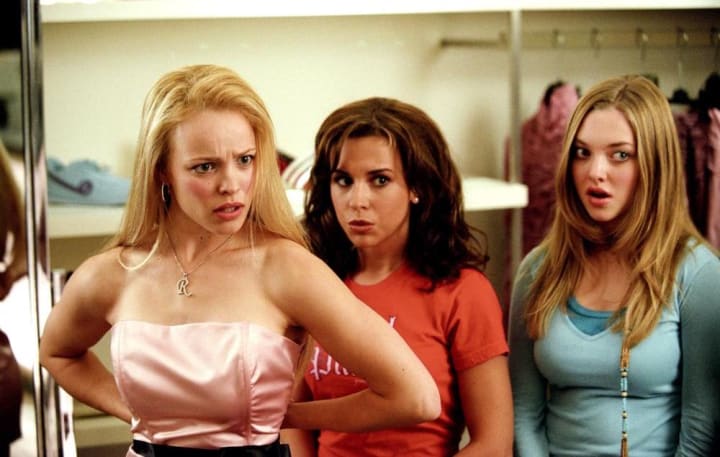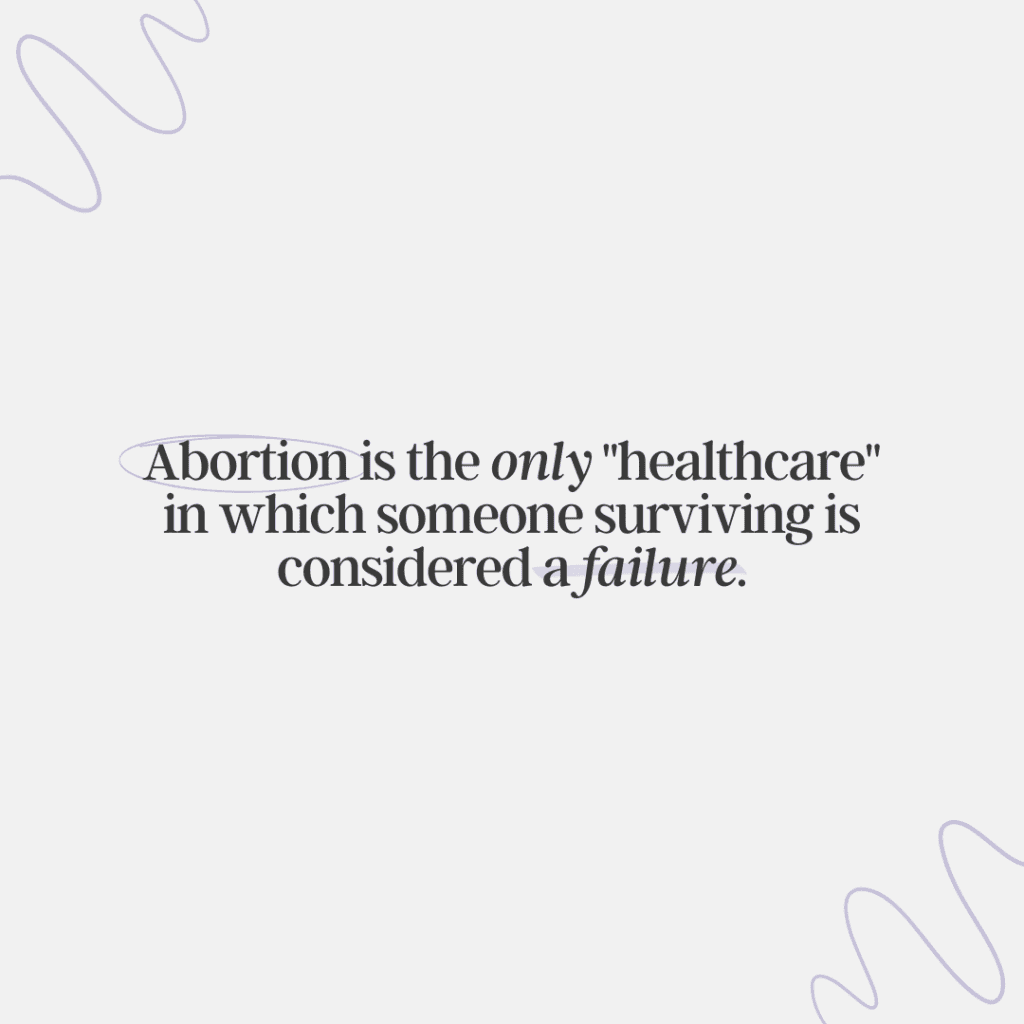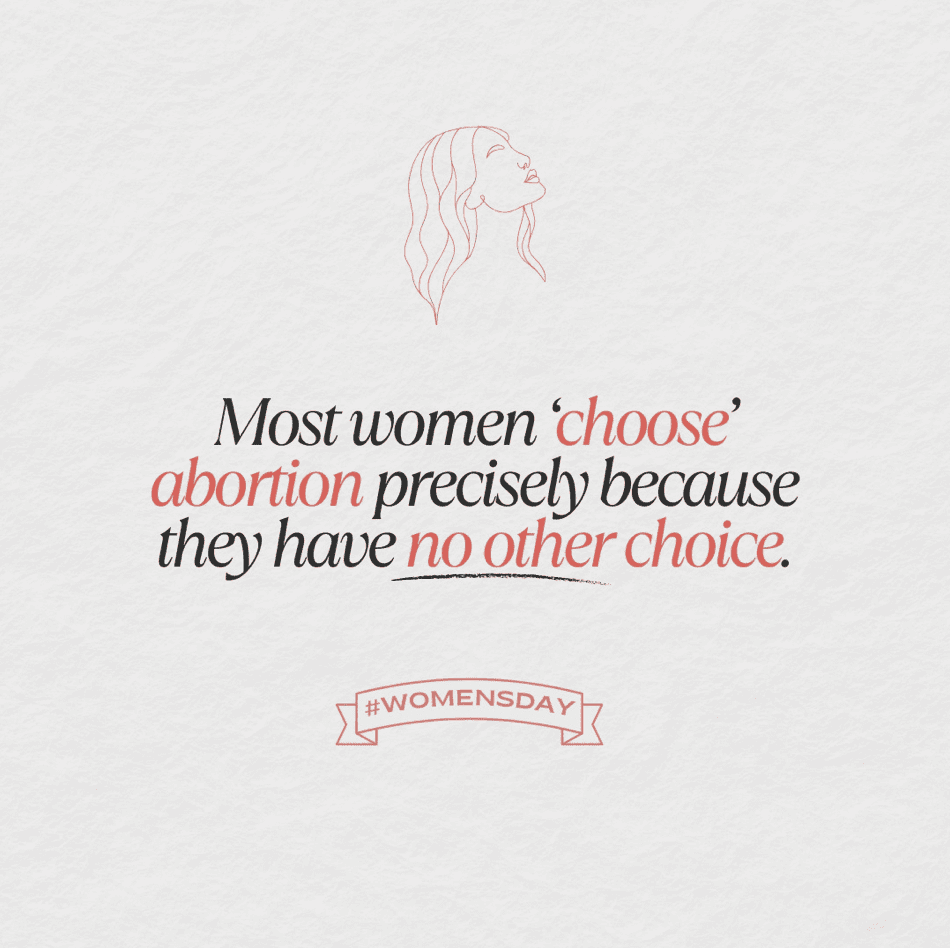How Movies and TV Shape Abortion Stigma
Have you ever noticed how often movies and TV shows shape the way we think about life, relationships, or even politics? Entertainment isn’t just a way to pass the time—it’s also a mirror and a megaphone. It reflects what society already feels, but it also amplifies and molds those feelings. One of the most complex and sensitive issues it has touched on is abortion.
When abortion is portrayed on screen, it rarely comes without layers of judgment, stereotypes, or hidden messages. These portrayals contribute to something called abortion stigma—the negative beliefs and shame attached to abortion and the people who choose it.
But how exactly do films and TV shows feed into this stigma? And more importantly, what impact does that have on real people’s lives? Let’s dig into this important issue and see how Hollywood has helped shape, challenge, or reinforce abortion stigma over the years.
What is Abortion Stigma?

At its core, abortion stigma is the discrediting of people who seek, have, or provide abortions. It’s rooted in judgment, shame, and the idea that abortion is morally wrong or socially unacceptable. This stigma doesn’t just come from laws or politics—it comes from culture, conversations, and yes, the media we consume daily.
The Power of Storytelling in Shaping Beliefs

Think about your favorite movie. Did it change how you felt about love, family, or even justice? Stories are powerful because they sneak into our hearts when we least expect it. When abortion is framed negatively on screen, it doesn’t just stay fictional—it lingers in our minds, shaping how we see the real issue.
Early Portrayals of Abortion in Film History

In the early 20th century, abortion was rarely mentioned, and when it was, it was painted as criminal or tragic. Silent films and early Hollywood stories often punished women who sought abortions, reinforcing the idea that abortion was not only illegal but immoral. This set the stage for decades of stigma.
Television’s Influence: Subtle Messages and Stereotypes

Unlike films that might make bold statements, TV shows have a way of slipping messages into everyday living rooms. For decades, characters faced “unplanned pregnancies” but rarely considered abortion. When they did, the choice was often portrayed as shameful, selfish, or leading to regret. These subtle messages stick with audiences over time.
Common Tropes in Abortion Storylines

Some familiar patterns keep repeating:
-
The Regret Storyline: A woman has an abortion and is haunted forever.
-
The Convenient Miscarriage: Writers avoid showing abortion by giving the character a miscarriage instead.
-
The Judgmental Friend: Someone always calls the decision “wrong” or “selfish.”
These tropes oversimplify a deeply personal issue and fuel abortion stigma by suggesting only negative outcomes.
Why Silence Can Be as Harmful as Negative Portrayal

Sometimes abortion isn’t shown at all. A character facing pregnancy either “decides to keep the baby” or the storyline quietly disappears. This silence makes abortion seem unspeakable—as if it’s too shameful or taboo to even acknowledge.
When Abortion is Treated as a Tragedy

Many films frame abortion as the “worst possible option,” often tying it to punishment or suffering. This tragic lens reinforces stigma by telling viewers that choosing abortion automatically leads to unhappiness or loss.
Rare Examples of Honest Representation

It’s not all bad. A handful of films and TV shows have dared to portray abortion honestly—as a decision made by real people with valid reasons. These rare stories show abortion as a part of life, not a moral downfall. Examples like these spark meaningful conversations and push back against stigma.
Impact on Viewers: Shaping Public Opinion

Media doesn’t just reflect culture—it molds it. Studies show that people’s opinions on abortion can shift based on what they see on screen. If abortion is portrayed as shameful, audiences may feel more judgmental in real life. But when it’s shown with empathy, viewers often respond with more understanding.
The Role of Religion and Morality in On-Screen Narratives

Religious undertones are common in abortion storylines. Characters are often judged through a moral lens, with “good” women keeping pregnancies and “bad” women facing consequences for abortion. This black-and-white morality leaves no room for real-life complexity.
Generational Shifts in Abortion Representation

Older films avoided abortion altogether, but newer generations of writers and directors are braver. Younger audiences demand authenticity, and some shows on streaming platforms have finally started tackling abortion without judgment. This shift shows how society and storytelling—are evolving.
Social Media, Streaming, and New Spaces for Honest Dialogue

Platforms like Netflix, Hulu, and TikTok give space for conversations that mainstream media avoided for decades. Short clips, discussions, and even fan reactions challenge stigma by showing abortion stories in new lights. Social media also gives people the chance to share real-life experiences, balancing the fictional with the factual.
The Real-Life Consequences of Media-Driven Stigma

Abortion stigma isn’t just a screen problem. It has real-world effects:
-
People may feel shame and isolation when considering abortion.
-
Providers may face harassment.
-
Lawmakers often use stigma-driven narratives to justify restrictions.
The stories we consume directly impact people’s access to care and their emotional well-being.
How Creators Can Break the Cycle of Stigma

Writers, directors, and producers have the power to change the conversation. By showing abortion as one of many valid choices, by highlighting diverse experiences, and by avoiding outdated tropes, media can help dismantle stigma instead of feeding it.
Toward a More Compassionate Screen

Movies and TV have long shaped how we see abortion, often in ways that fuel stigma. But change is possible. By demanding and supporting honest, compassionate portrayals, audiences can help shift the narrative. After all, stories are powerful—and when told with care, they can replace shame with understanding.